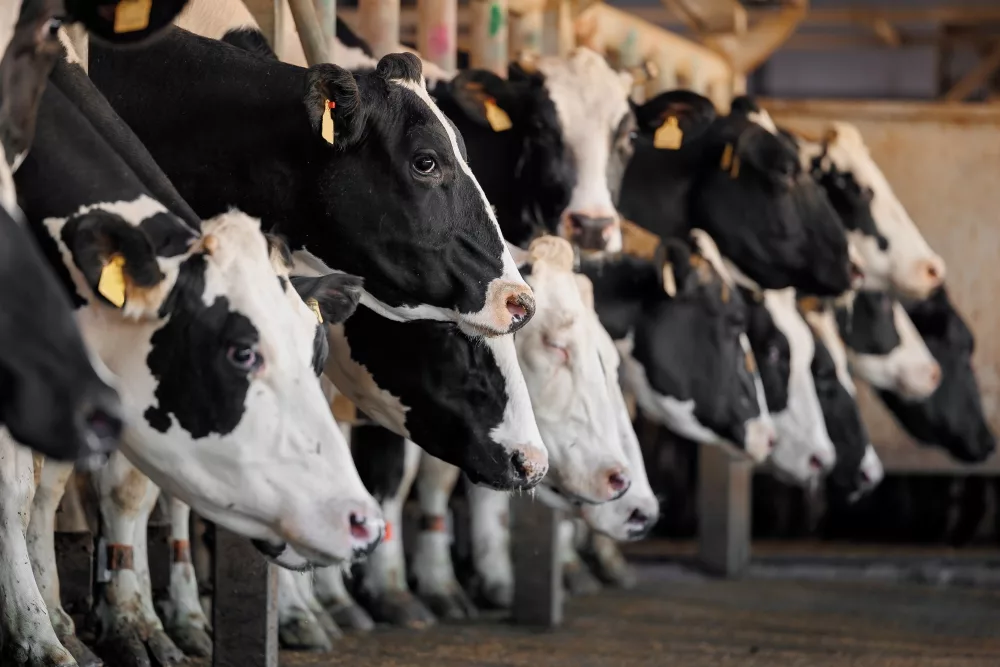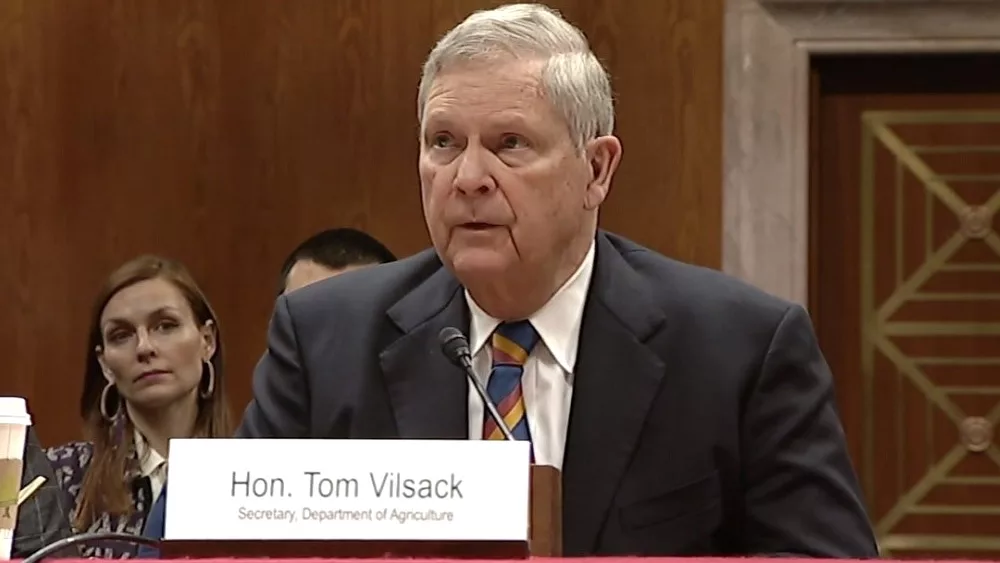 Parts of the Midwest received snowfall and some accumulation Wednesday. In the northeast this week 60 million people were under a winter weather alert of some sort, with forecasts ranging all the way to blizzard conditions and two feet of snow. But, across the U.S. there is currently an unusually low level of snow coverage. USDA meteorologist Brad Rippey says it’s so low that we now have a first.
Parts of the Midwest received snowfall and some accumulation Wednesday. In the northeast this week 60 million people were under a winter weather alert of some sort, with forecasts ranging all the way to blizzard conditions and two feet of snow. But, across the U.S. there is currently an unusually low level of snow coverage. USDA meteorologist Brad Rippey says it’s so low that we now have a first.
“It’s the first time we’ve gone through the first 12 days of December without seeing snow cover reaching the 20 percent mark across the lower 48 states,” he explained.
With recent snows, coverage has increased to almost one fourth of the country. Wednesday and Thursday weather events will increase coverage further, possibly to a third or more of the U.S. But drought is a cause of concern across the central and southern Great Plains.
“That is a concern for winter wheat which went into dormancy in pretty rough shape in parts of Nebraska, Kansas, Colorado, and Texas in particular. But some of these storm systems that have been moving across the region have dropped some rain and snow in recent days, highly beneficial moisture. Oklahoma has been the biggest beneficiary of the rain and snow and we have seen some precipitation spreading to other areas, including some of the driest areas of the central and southern Plains.”
Rippey calls it a slight brightening of prospects for winter wheat in spite of the ongoing La Niña, however the National Weather Service forecast for what’s left of the year indicates cold air largely vanishing from the lower 48 states.
“We are expecting near to above normal temperatures nationwide except for some lingering cool air across Florida’s peninsula,” Rippey said. “Along with that warmth will come mostly drier than normal conditions particularly from the Mississippi Valley westward to the Pacific coast. There will be however some storminess continuing across the eastern United States, generally from the central and eastern gulf coast region stretching northward through the mid-Atlantic and the northeastern states.”
So, where a lot of the snow has fallen, expect significant melting to soon follow due to those mild temperatures.
Source: USDA





